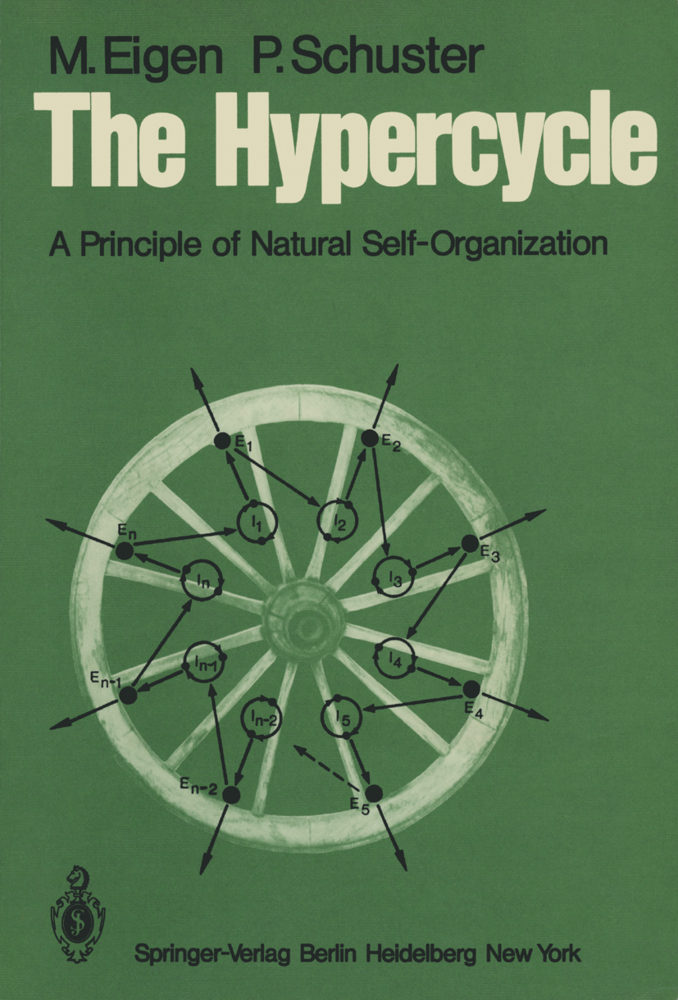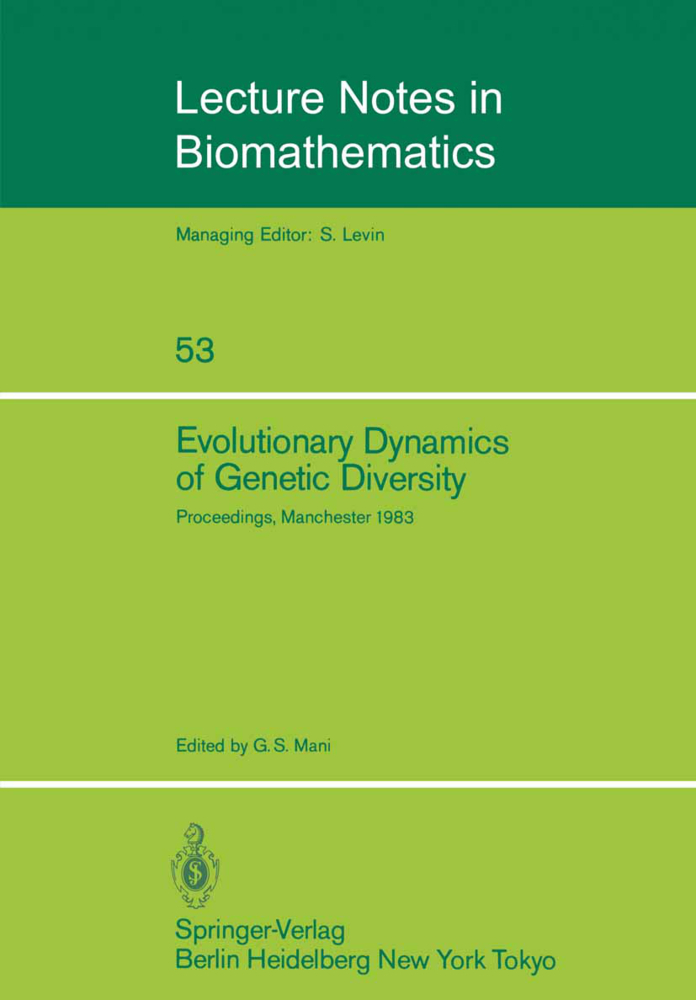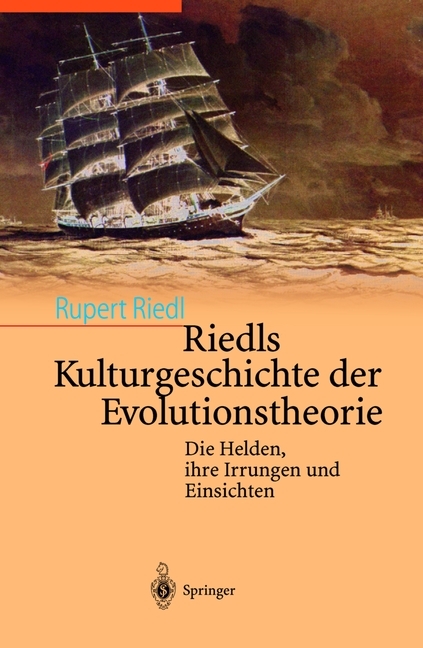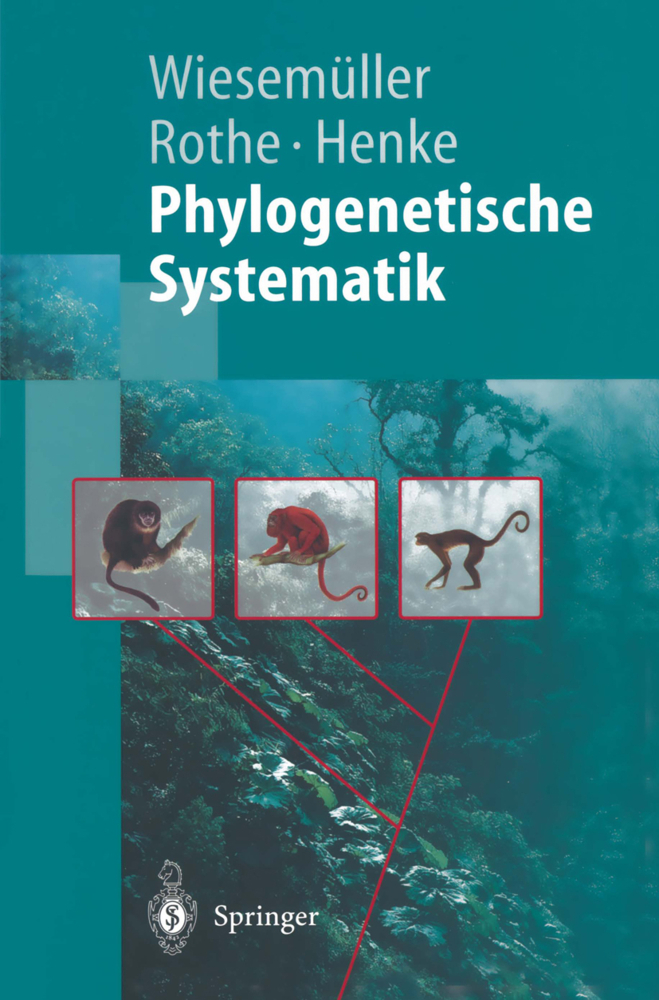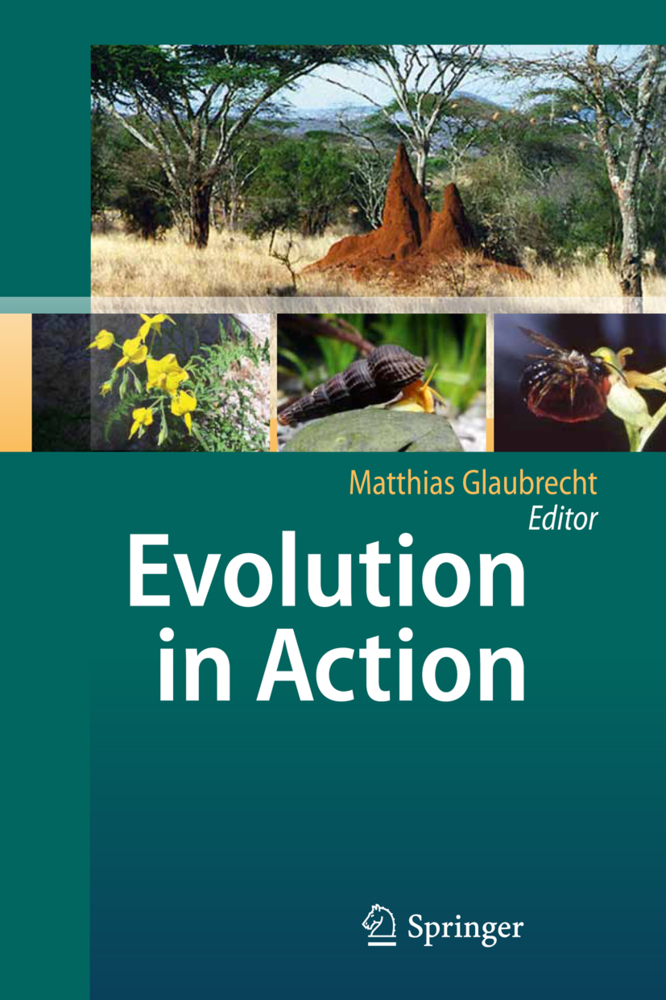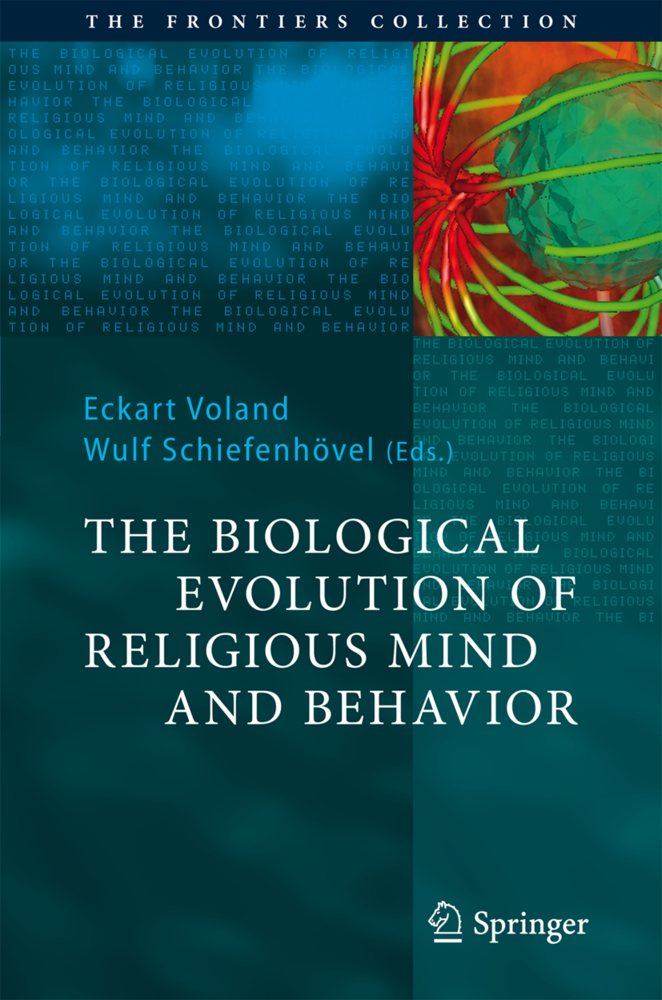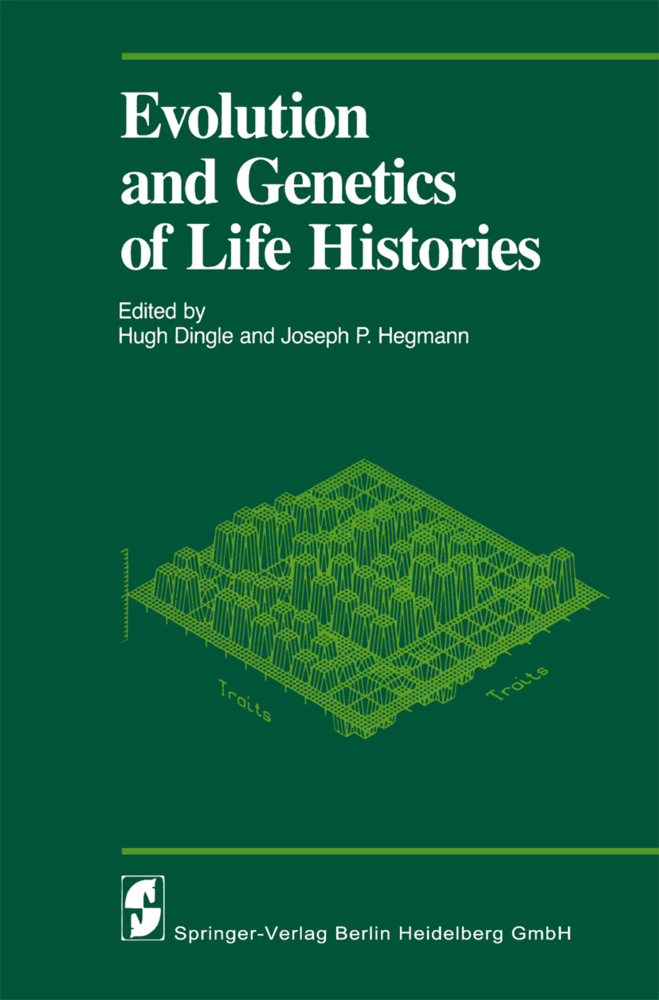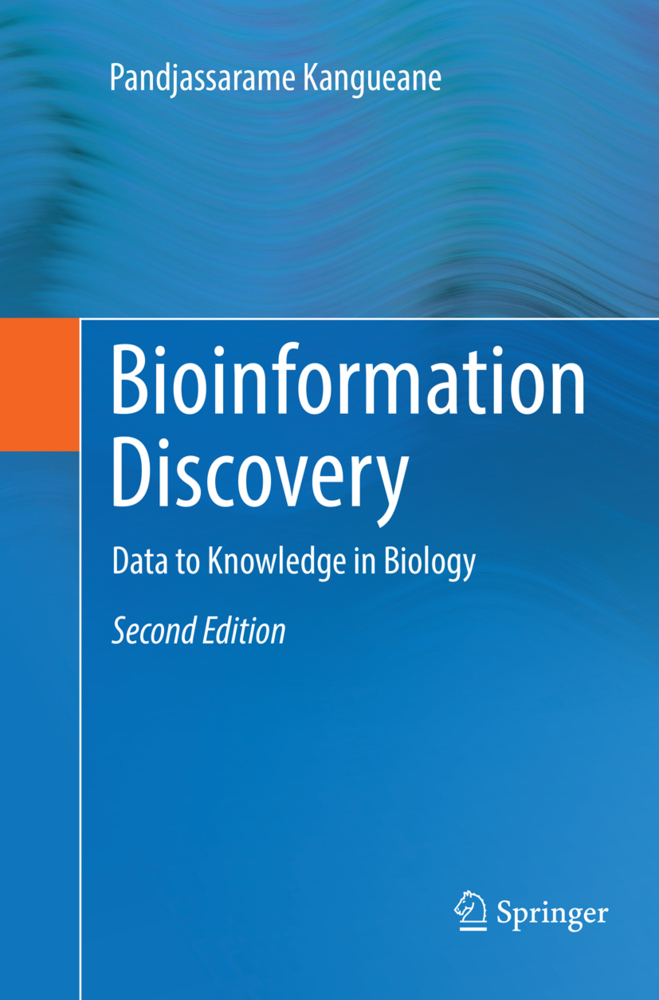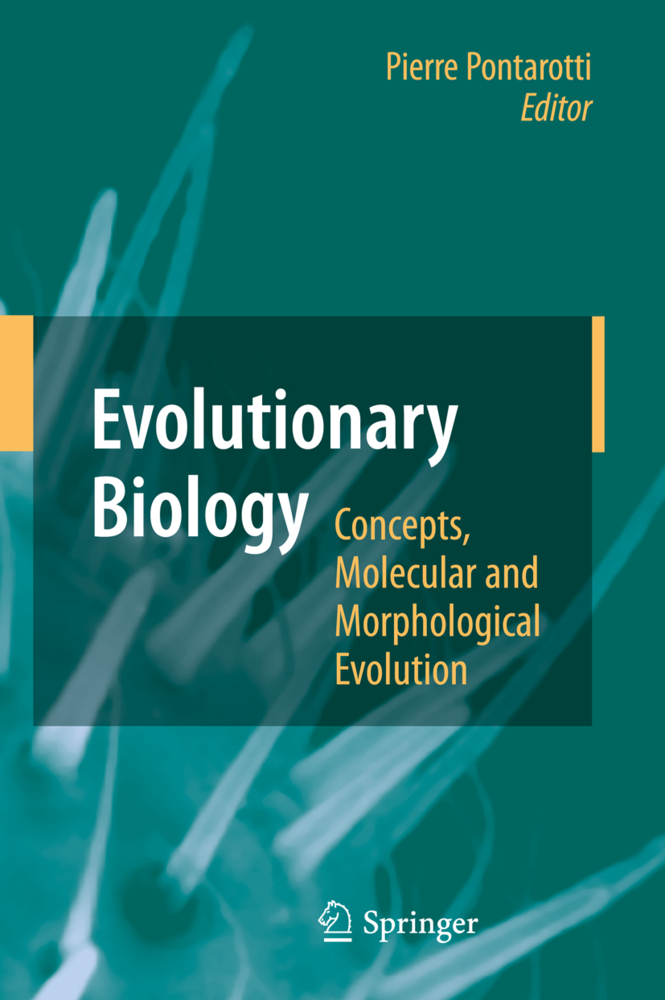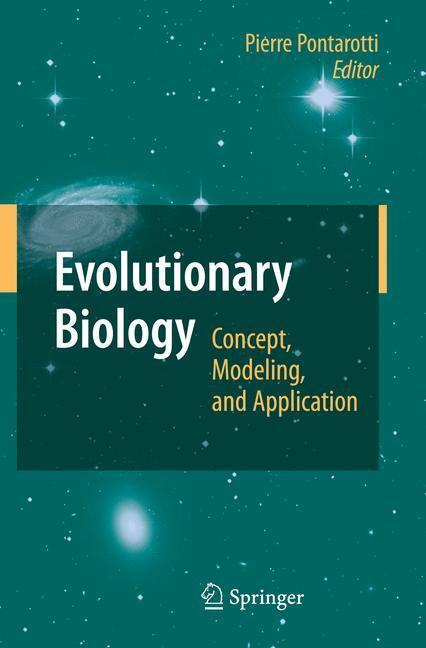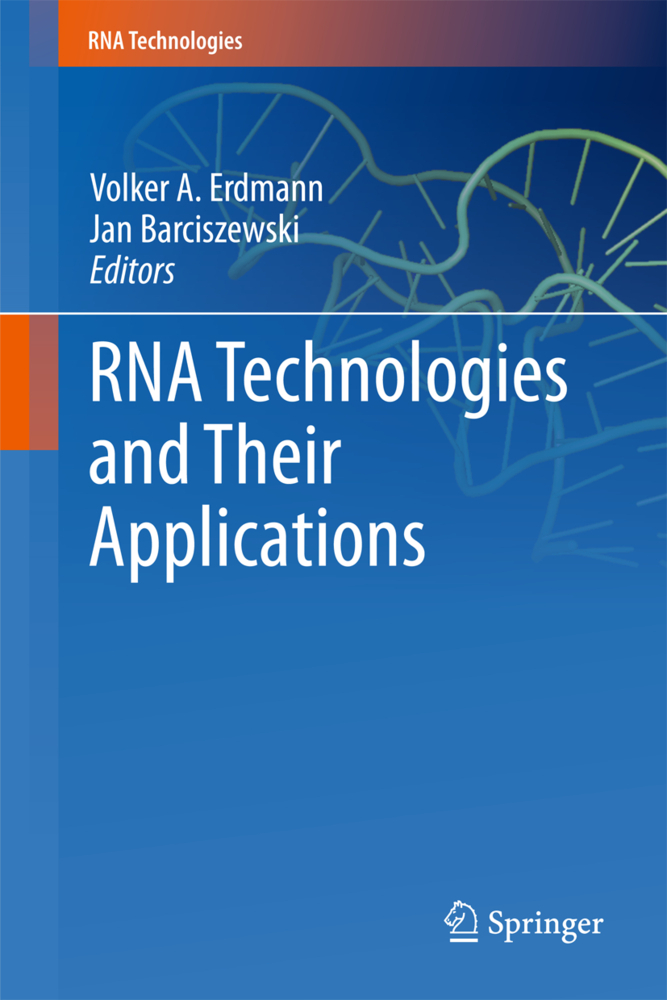The Hypercycle
A Principle of Natural Self-Organization
The Hypercycle
A Principle of Natural Self-Organization
This book originated from a series of papers which were published in "Die Naturwissenschaften" in 1977178. Its division into three parts is the reflection of a logic structure, which may be abstracted in the form of three theses: A. Hypercycles are a principle of natural selforganization allowing an inte gration and coherent evolution of a set of functionally coupled self-rep licative entities. B. Hypercycles are a novel class of nonlinear reaction networks with unique properties, amenable to a unified mathematical treatment. C. Hypercycles are able to originate in the mutant distribution of a single Darwinian quasi-species through stabilization of its diverging mutant genes. Once nucleated hypercycles evolve to higher complexity by a process analogous to gene duplication and specialization. In order to outline the meaning of the first statement we may refer to another principle of material selforganization, namely to Darwin's principle of natural selection. This principle as we see it today represents the only understood means for creating information, be it the blue print for a complex living organism which evolved from less complex ancestral forms, or be it a meaningful sequence of letters the selection of which can be simulated by evolutionary model games.
II. What Is a Hypercycle?
III. Darwinian System
IV. Error Threshold and Evolution
B. The Abstract Hypercycle
V. The Concrete Problem
VI. General Classification of Dynamic Systems
VII. Fixed-Point Analysis of Self-Organizing Reaction Networks
VIII. Dynamics of the Elementary Hypercycle
IX. Hypercycles with Translation
X. Hypercyclic Networks
C. The Realistic Hypercycle
XI. How to Start Translation
XII. The Logic of Primordial Coding
XIII. Physics of Primordial Coding
XIV. The GC-Frame Code
XV. Hypercyclic Organization of the Early Translation Apparatus
XVI. Ten Questions
XVII. Realistic Boundary Conditions
XVIII. Continuity of Evolution
References.
A. Emergency of the Hypercycle
I. The Paradigm of Unity and Diversity in EvolutionII. What Is a Hypercycle?
III. Darwinian System
IV. Error Threshold and Evolution
B. The Abstract Hypercycle
V. The Concrete Problem
VI. General Classification of Dynamic Systems
VII. Fixed-Point Analysis of Self-Organizing Reaction Networks
VIII. Dynamics of the Elementary Hypercycle
IX. Hypercycles with Translation
X. Hypercyclic Networks
C. The Realistic Hypercycle
XI. How to Start Translation
XII. The Logic of Primordial Coding
XIII. Physics of Primordial Coding
XIV. The GC-Frame Code
XV. Hypercyclic Organization of the Early Translation Apparatus
XVI. Ten Questions
XVII. Realistic Boundary Conditions
XVIII. Continuity of Evolution
References.
| ISBN | 978-3-540-09293-3 |
|---|---|
| Artikelnummer | 9783540092933 |
| Medientyp | Buch |
| Copyrightjahr | 1979 |
| Verlag | Springer, Berlin |
| Umfang | VI, 92 Seiten |
| Abbildungen | VI, 92 p. 14 illus. |
| Sprache | Englisch |

